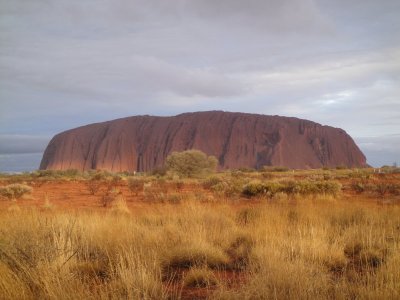Tish
SF VIP
- Location
- Rural N.S.W. Australia
In the heart of Australia’s vast Outback stands Uluru. It's a colossal sandstone monolith older than the Alps and larger than Monaco. Rising taller than the Great Pyramid of Giza, Uluru is more than just a rock; it's a sacred site, a remnant of ancient mountains, and a beacon of life in the desert.


